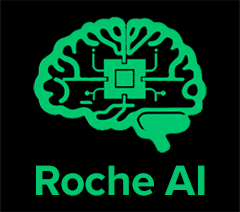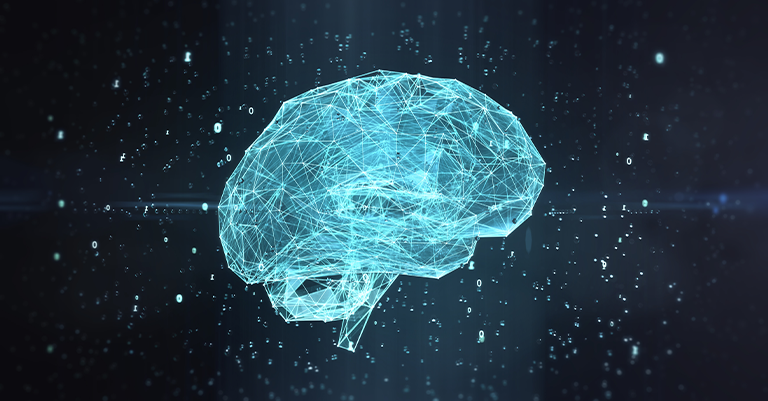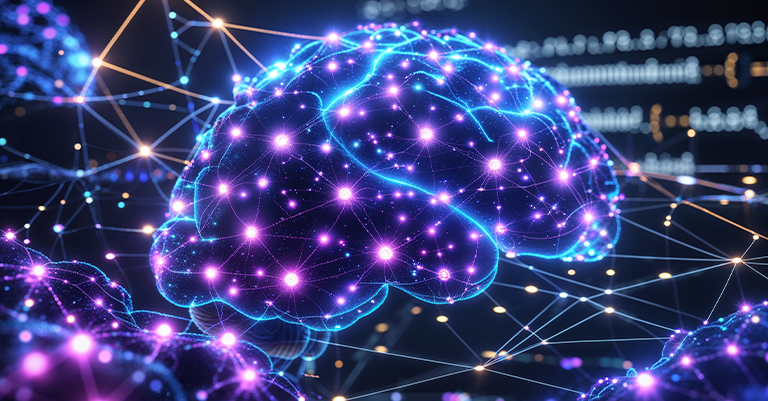Transfer Learning: Unlocking AI Potential Through Knowledge Reuse
Transfer learning is a key technique in AI that helps models use knowledge from one task to do better on new tasks. Think of how you learn to cook new dishes faster after mastering basic cooking skills. AI works the same way! Pre-trained models solve new problems with less data and computing power. This method has changed how we build AI systems. It makes advanced AI tools available to more people with fewer resources. Transfer learning connects different AI fields and makes breakthroughs possible in image recognition and language processing where old methods fell short.
Understanding the Foundations of Transfer Learning
What Is Transfer Learning?
Transfer learning is when AI uses knowledge from one task to help with a new task. It’s like learning to ride a bike first, then finding it easier to learn how to ride a scooter. The basic skills carry over, making the second task much faster to learn.
Old-school machine learning starts fresh every time. This needs tons of data and computer power. Transfer learning is smarter. It builds on what the AI already knows. This means learning new tasks with much less data and in much less time.
The Historical Context
Transfer learning wasn’t always popular. Before 2014, people built AI models from scratch for each task. The big change came with deep learning. Researchers found that parts of neural networks learn basic patterns that work for many tasks.
When they saw they could reuse these pattern-finders for different jobs, it was a game-changer. This finding changed how we build AI today. It made the whole process much faster and more efficient.
Why Transfer Learning Matters in Modern AI
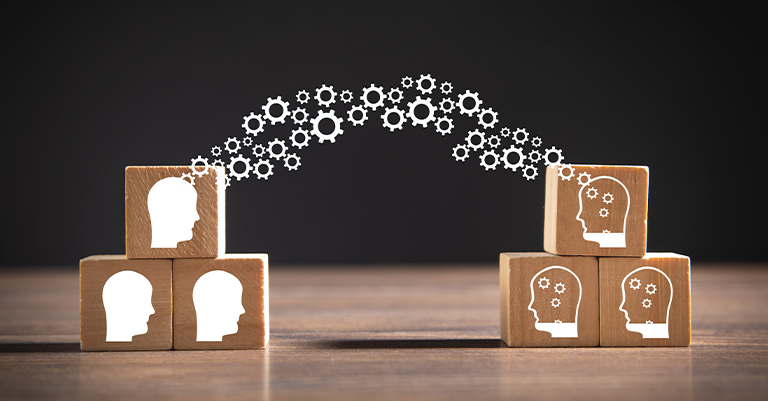
Resource Efficiency
Making good AI models usually needs huge amounts of data and computing power. Transfer learning cuts these needs way down. By using pre-trained models, you get great results with much less time and money.
This efficiency means:
- Smaller datasets can yield better results
- Training times decrease from weeks to hours
- Less powerful hardware can run sophisticated models
- Energy consumption for model training decreases significantly
Democratizing AI Development
Transfer learning makes high-level AI available to small teams and solo coders. Without it, only big tech companies with deep pockets could build cutting-edge AI.
Small teams can now take a ready-made model like BERT or ResNet and tweak it for their needs. No need to build complex AI from zero! This has helped speed up new ideas in many fields.
How Transfer Learning Works: A Simple Breakdown
The Core Mechanism
Transfer learning works on a simple idea: knowledge from one task can help with another. Here’s the basic process:
- Pre-training phase: The AI learns basic patterns from lots of data
- Transfer phase: These patterns get applied to a new problem
- Fine-tuning phase: The model gets tweaked to work best on the new task
Think of it like building a house. The old way meant making every brick and mixing all cement yourself. Transfer learning is like buying a pre-built frame and then just adding the parts you want.
Knowledge Transfer Types
Knowledge can move between tasks in different ways:
- Feature patterns: Basic shapes and patterns the AI learned first
- Model settings: The numbers that make the AI work well
- Field knowledge: Special info about how data fits together
The best type to use depends on how alike your tasks are. When tasks are terribly similar, you can transfer more detailed knowledge between them.
Types of Transfer Learning Approaches
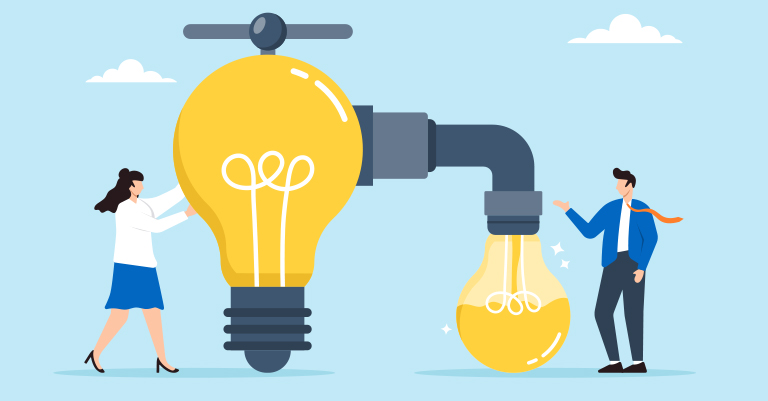
Inductive Transfer Learning
In inductive transfer learning, the tasks are different, but the topics are similar. For example, using what the AI learned about cars to help it recognize trucks. The AI must adjust its knowledge to fit what the new job needs.
This approach works well when:
- Tasks share underlying patterns
- The target task has limited labeled data
- The source model contains generalizable features
Most practical applications of transfer learning fall into this category, especially in computer vision and natural language processing.
Transductive Transfer Learning
Transductive transfer learning occurs when the source and target tasks are the same, but the domains differ. For instance, sentiment analysis trained on movie reviews being applied to product reviews.
The key challenge here is domain adaptation – adjusting for the differences in data distribution between domains. Techniques like adversarial training help bridge this gap by learning domain-invariant features.
Unsupervised Transfer Learning
When labeled data is scarce in both source and target domains, unsupervised transfer learning becomes valuable. This approach leverages unlabeled data to discover useful patterns that transfer between tasks.
Self-supervised learning methods often play a key role here, creating pseudo-labels or pretext tasks to extract meaningful representations from unlabeled data.
Real-World Applications for Transfer Learning
Computer Vision Breakthroughs
Transfer learning has transformed computer vision applications. Models pre-trained on ImageNet (with millions of images) can be fine-tuned for specific tasks like:
- Medical image analysis to detect diseases with limited medical datasets
- Quality control in manufacturing with just a few hundred sample images
- Wildlife monitoring from camera traps with minimal labeled examples
For example, Stanford researchers used transfer learning to create a skin cancer detection system that performs at the level of dermatologists despite having access to much less medical data than human doctors see during their training.
Natural Language Processing Revolution
The NLP field has been revolutionized by transfer learning models like BERT, GPT, and T5. These models learn language understanding from vast text corpora, then transfer that knowledge to specific tasks:
- Customer service chatbots that understand industry terminology
- Legal document analysis tools that comprehend complex language
- Translation systems customized for specific domains or dialects
One striking example is how a pre-trained language model can be fine-tuned to become an effective medical question-answering system with just a few thousand medical Q&A pairs, where building such a system from scratch would require millions of examples.
Healthcare and Medical Diagnostics
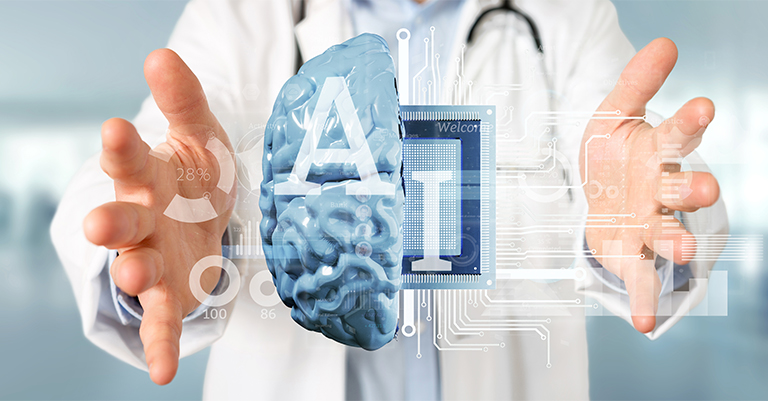
Transfer learning is changing healthcare by making expert-level tools with limited medical data:
- Disease detection systems that spot patterns in X-rays, MRIs, and CT scans
- Patient risk scoring models that predict who might need extra care
- Drug discovery tools that help find new treatments faster
For example, a model first trained on millions of regular photos can be fine-tuned with just a few thousand medical images to detect diseases. This approach helps solve the big problem of limited labeled medical data while still making highly accurate diagnostic tools.
Autonomous Vehicles and Robotics
Self-driving cars and robots use transfer learning to adapt quickly to new situations:
- Navigation systems that can work in new cities without starting from scratch
- Robot arms that apply skills from one task to similar new tasks
- Object recognition that works in rain, snow, and fog after training mostly in sunny conditions
Companies like Waymo and Tesla use transfer learning to help their vehicles handle rare road situations they haven’t seen much in training. This makes self-driving cars safer without needing to drive billions of miles in testing.
Financial Services and Fraud Detection
Banks and payment companies use transfer learning to fight fraud and improve services:
- Fraud detection systems that spot new scam patterns based on old ones
- Credit scoring models that work well for people with limited credit history
- Trading algorithms that adapt to changing market conditions
The most significant advantage is that transfer learning helps these systems spot unusual patterns even when they haven’t seen that exact fraud type before. For example, a model trained to detect credit card fraud can transfer knowledge to spot similar but new scams on mobile payment platforms.
Benefits and Limitations of Transfer Learning
Key Advantages
Transfer learning offers several compelling benefits:
- Data efficiency: You need less task-specific data to achieve good performance
- Faster development: Development cycles shrink dramatically with pre-trained models
- Better performance: Transfer learning often outperforms models trained from scratch
- Generalization: Models tend to work better on new, unseen examples
These advantages make transfer learning the default approach for many AI applications today.
Important Limitations
Despite its power, transfer learning isn’t without challenges:
- Negative transfer: When source and target tasks are too dissimilar, performance can actually worsen
- Catastrophic forgetting: Models may lose previously learned knowledge during fine-tuning
- Computational overhead: Large pre-trained models can be resource-intensive to deploy
- Domain mismatch: Performance suffers when source and target distributions differ significantly
Understanding these limitations helps you decide when transfer learning is appropriate and how to mitigate potential issues.
Getting Started with Transfer Learning: Practical Tips
Choosing the Right Pre-trained Model
Selecting an appropriate base model is crucial for successful transfer learning. Consider these factors:
- Task similarity: How closely does the pre-training task match your target task?
- Domain overlap: Do your data distributions share important characteristics?
- Model size: Larger isn’t always better; match the model to your deployment constraints
- Architecture: Different architectures excel at different tasks
Popular pre-trained models include ResNet and EfficientNet for images, and BERT and RoBERTa for text. These provide excellent starting points for many applications.
Fine-tuning Strategies
Fine-tuning requires careful consideration of:
- Learning rate: Typically lower than training from scratch to avoid destroying pre-trained features
- Layer freezing: Deciding which layers to update and which to keep fixed
- Regularization: Additional techniques to prevent overfitting on small target datasets
A common strategy is to gradually unfreeze layers during training, starting with task-specific layers and progressively including more general features.
The Future of Transfer Learning in AI
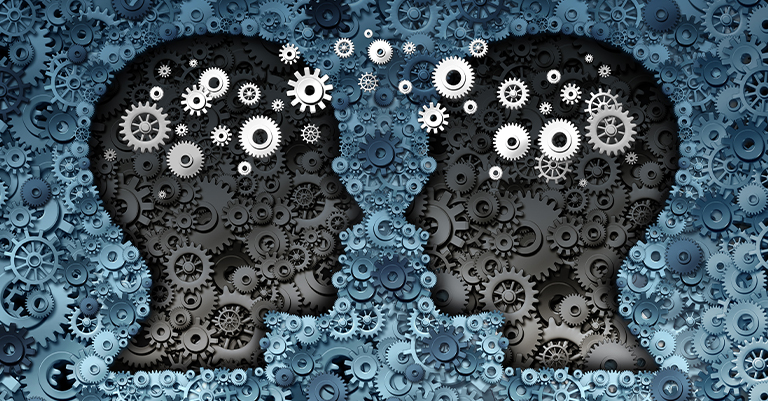
Cross-modal Transfer
Exciting developments are happening in cross-modal transfer learning, where knowledge moves between different types of data:
- Text to image models like DALL-E and Stable Diffusion
- Audio to text systems for improved speech recognition
- Video understanding based on image and language pre-training
These advances point toward more general AI systems that can transfer knowledge across sensory boundaries, similar to human learning.
Continual Learning Integration
Researchers are combining transfer learning with continual learning techniques to create systems that:
- Adapt to new tasks without forgetting old ones
- Build cumulative knowledge across different domains
- Transfer knowledge bidirectionally between related tasks
This integration may eventually lead to AI systems with more human-like learning capabilities, building knowledge incrementally across diverse experiences.
Conclusion
Transfer learning has changed how we build AI systems. By using knowledge across different tasks, we make better AI with less time and money. This makes advanced AI available to more people and companies. The way AI reuses knowledge is a lot like how humans learn, which helps make AI more efficient.
When you try transfer learning in your projects, pick your approach carefully. Look at how your old and new tasks connect. Choose the right pre-trained models. Use methods that keep the useful old knowledge while adapting to your new needs. Transfer learning is more than just a technique—it’s a way of thinking about knowledge. When we build on what we already know, we solve new problems faster and better. This helps push AI forward in exciting new ways.

